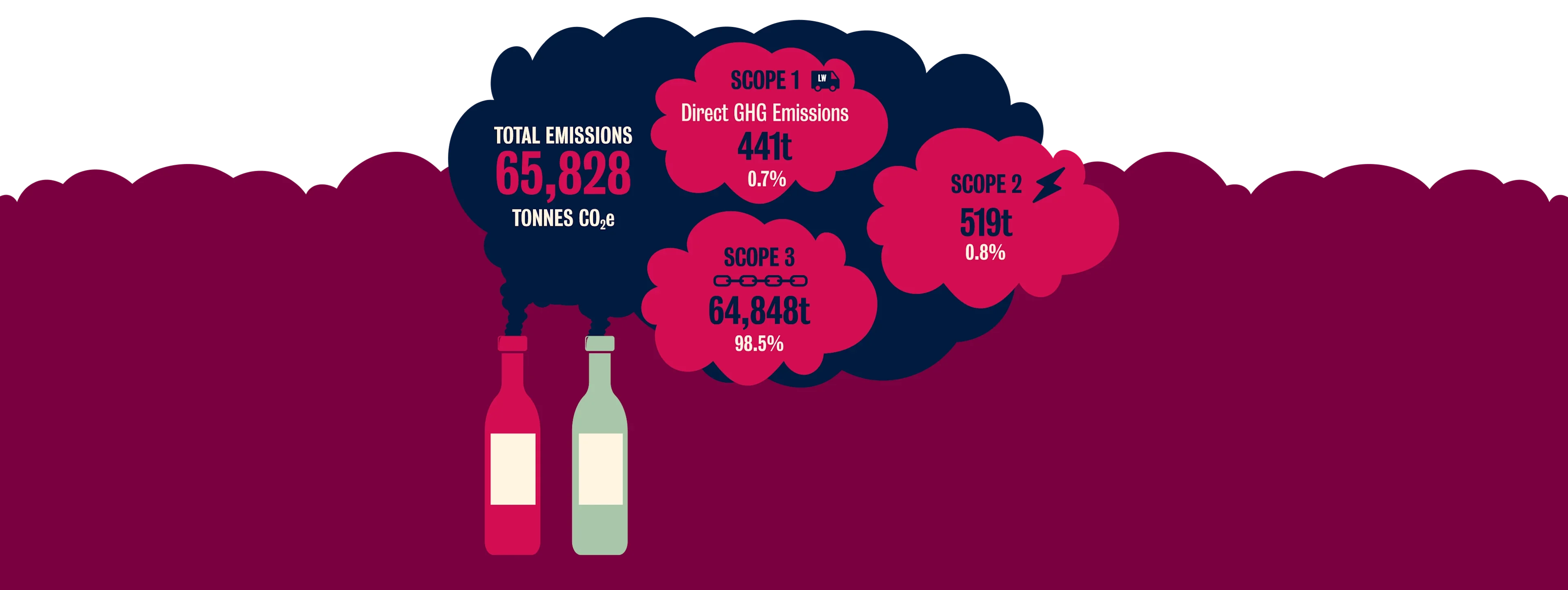- Home
- Sustainability


YEAR ON YEAR COMPARISON
| YEAR ON YEAR COMPARISON (TCO2E) | 20/21 | 22/23 | |
FUELS, REFRIGERANT GAS  |
455 | 460 | 1% |
ELECTRICITY  |
954 | 519 | -46% |
PURCHASED GOODS AND SERVICES  |
66,575 | 47,603 | -28% |
| UPSTREAM FUEL AND ENERGY-RELATED EMISSIONS | 390 | 544 | 39% |
| TRANSPORT AND DISTRIBUTION | 17,677 | 11,439 | -35% |
| WASTE GENERATED IN OPERATIONS | 205 | 271 | 32% |
| BUSINESS TRAVEL | 90 | 311 | 246% |
| EMPLOYEE COMMUTING | 176 | 1660 | 843% |
| USE OF SOLD PRODUCTS | 564 | 378 | -33% |
| END OF LIFE OF SOLD PRODUCTS | 2,880 | 2,344 | 19% |
| DOWNSTREAM LEASED ASSETS | 200 | 298 | 49% |
SUBTOTAL, SCOPE 3

|
88,674 | 64,848 | -27% |
TOTAL

|
90,166 | 65,827 | -27% |








